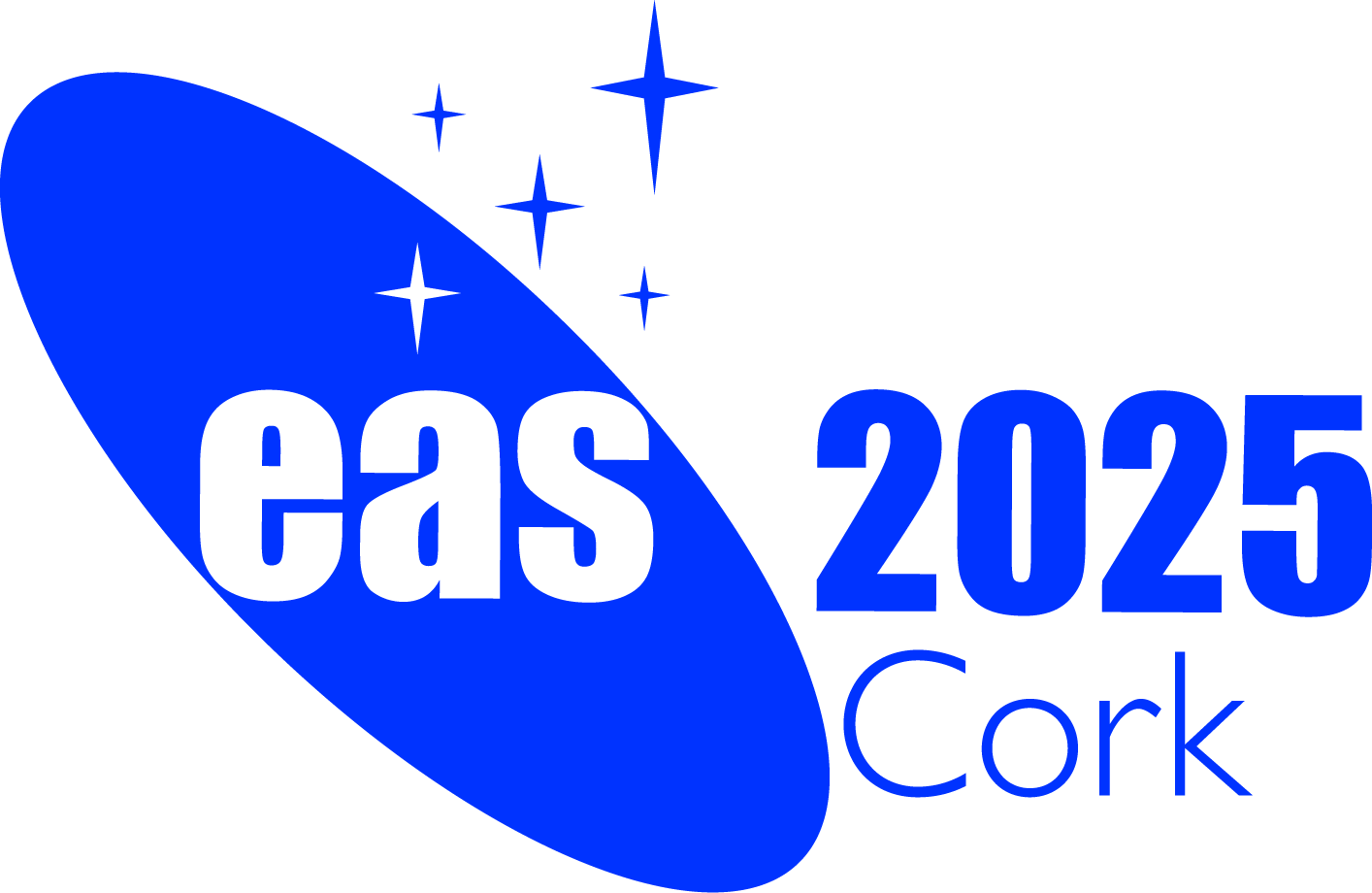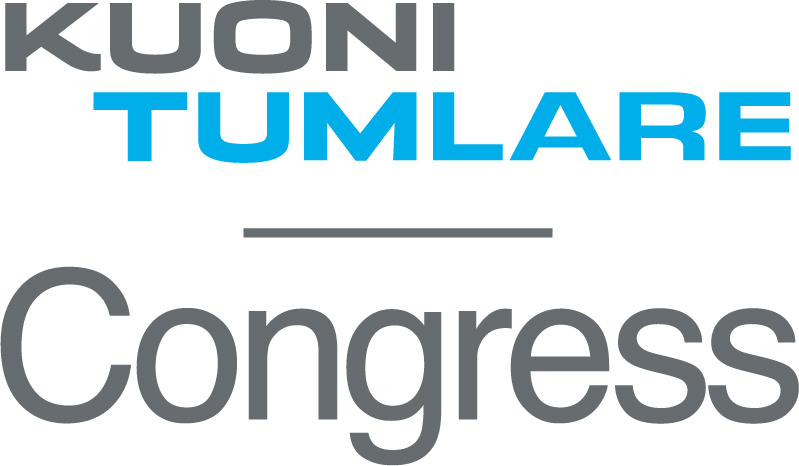
|
Special Session SS53
27 June 2025
Dust, Gas and Planets in Debris Disk Systems
News:
Our Session will be on Friday, 27.6.2025
'Debris disks' are circumstellar populations of dust and planetesimals, like the Asteroid and Kuiper Belts in the Solar System. They are a fundamental component of planetary systems, detected around at least 20% of main-sequence stars. These disks contain important information about the formation, architectures and evolution of planetary systems. Recent observational and theoretical advances have yielded significant insights into these disks, and collaboration with adjacent communities like protoplanetary disks and exoplanets would drive significant advances in all three fields.
Gas and dust in debris disks Our knowledge about debris disks has improved significantly over the last years. Recent large surveys brought high-resolution images of the brightest debris disks, which gave us detailed insights into their radial and vertical dust structures. Many disks have been resolved by ALMA, and recently, some have been observed by JWST. These observations revealed new insights into the distribution of smaller dust grains in these systems. For a long time we thought debris disks only contain dust, and no gas. This was thought to be one of the defining differences between debris disks and protoplanetary disks. With high-resolution, high-sensitivity images taken by ALMA in recent years, gas has been discovered in over 20 debris disks. So far, only young debris-disk systems are known to host gas in their disks. The origin of this gas is still unknown. It could be of primordial origin, left over from the protoplanetary phase, or of secondary origin, released from the comets and icy planetesimals in the disks. Several major imaging surveys will be published between now and EAS. Our session would be the first major forum to discuss these new results, and the insights they will bring. Debris disks around white dwarfs An exciting and rapidly growing field of research is the study of debris disks around white dwarf stars. These disks show evidence of hot, close-in dust, gas emission and absorption features, as well as larger planetesimal-sized bodies orbiting these white dwarfs. This draws parallels with debris disks observed around main sequence stars. White dwarf debris disks are particularly dynamic and variable, with some systems exhibiting variability on minute-to-hour timescales, enabling the investigation into real-time physical processes acting on the dust and gas. Additionally, the infalling circumstellar material ?pollutes? the atmosphere of these white dwarfs, providing the only way to measure the bulk composition of exo-planetesimals - a direct probe into the building blocks of planets. This can be cross-examined with the mineralogy inferred from the hot dust. Recent advances with telescopes such as Spitzer and JWST have enabled major advances in the field, with applicability to all stages of the star's evolution, so white-dwarf disks are crucial for enabling discussions with scientists working on debris disks at all ages of stellar evolution. Planet-debris interactions Debris disks are important signposts of planets. Just like Neptune interacts with the Kuiper Belt, we think that exoplanets interact with extrasolar debris disks. Many debris disks have features that are indicative of such interactions, which we have long used to infer the properties of unseen planets. The inferred planets were historically too small to directly observe, but now, with the advent of JWST, we may detect some for the first time. As the first tranche of JWST planet-hunting observations are released, we need to be ready as a community to interpret their results. If the predicted planets are there, then we could use our knowledge of planet-debris interactions to probe many new aspects of planetary systems. These include the historical evolution of exoplanet orbits, and the masses of debris disks. Conversely, if the predicted planets are not detected, then we would need to rethink some long-standing theories on how planetary systems form and evolve. Either way, planet-debris interactions are probably common in planetary systems, both in our Solar System and beyond. Collaboration with related fields We want to bring together European scientists working on debris disks with scientists from the exoplanet and protoplanetary disk fields. Protoplanetary disks evolve into debris disks, so the locations and morphologies of debris disks must be telling us something about protoplanetary disks (and vice versa). Similarly, debris and planets interact, so fostering greater collaboration between the exoplanet and debris communities would yield greater insights into the architectures and evolution of planetary systems. Discussion of the overlaps and techniques from each field would help drive each one forward. Invited speakers
Scientific organisers
Patricia Luppe (Chair - Trinity College Dublin, Ireland) Contact Patricia Luppe: luppep @ tcd.ie Updated on Fri Feb 28 13:57:06 CET 2025
|
||||||||
|
European Astronomical Society |
|||||||||
 A power cut will shut down all EAS services on Tuesday, 10 January 2017 starting at 7:30 CET.
A power cut will shut down all EAS services on Tuesday, 10 January 2017 starting at 7:30 CET.

